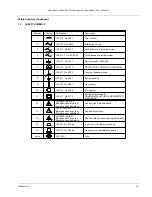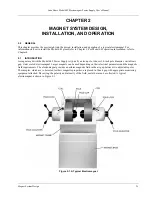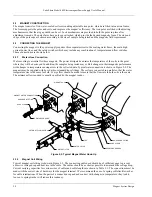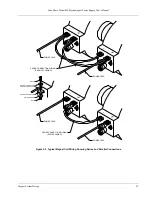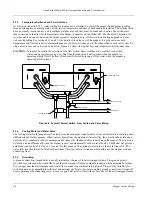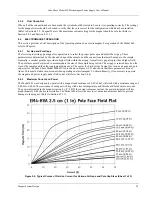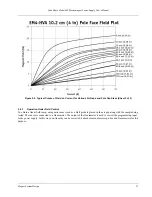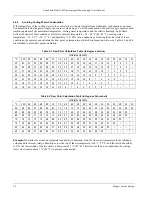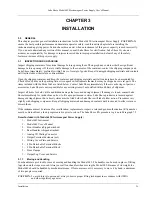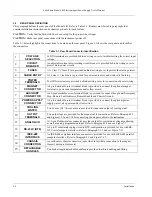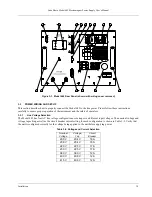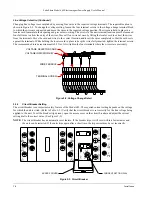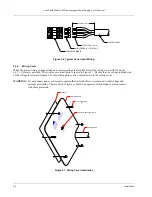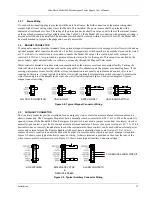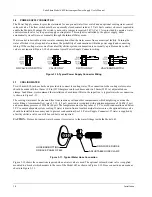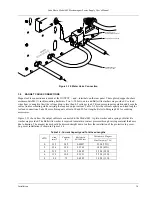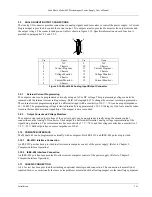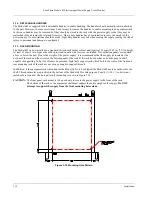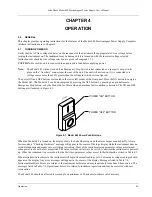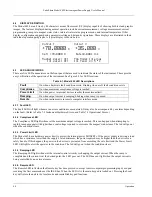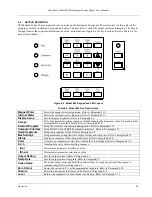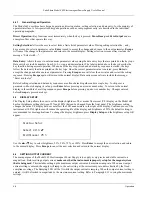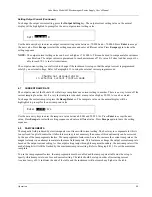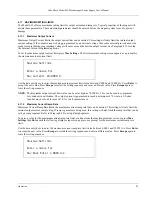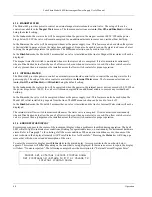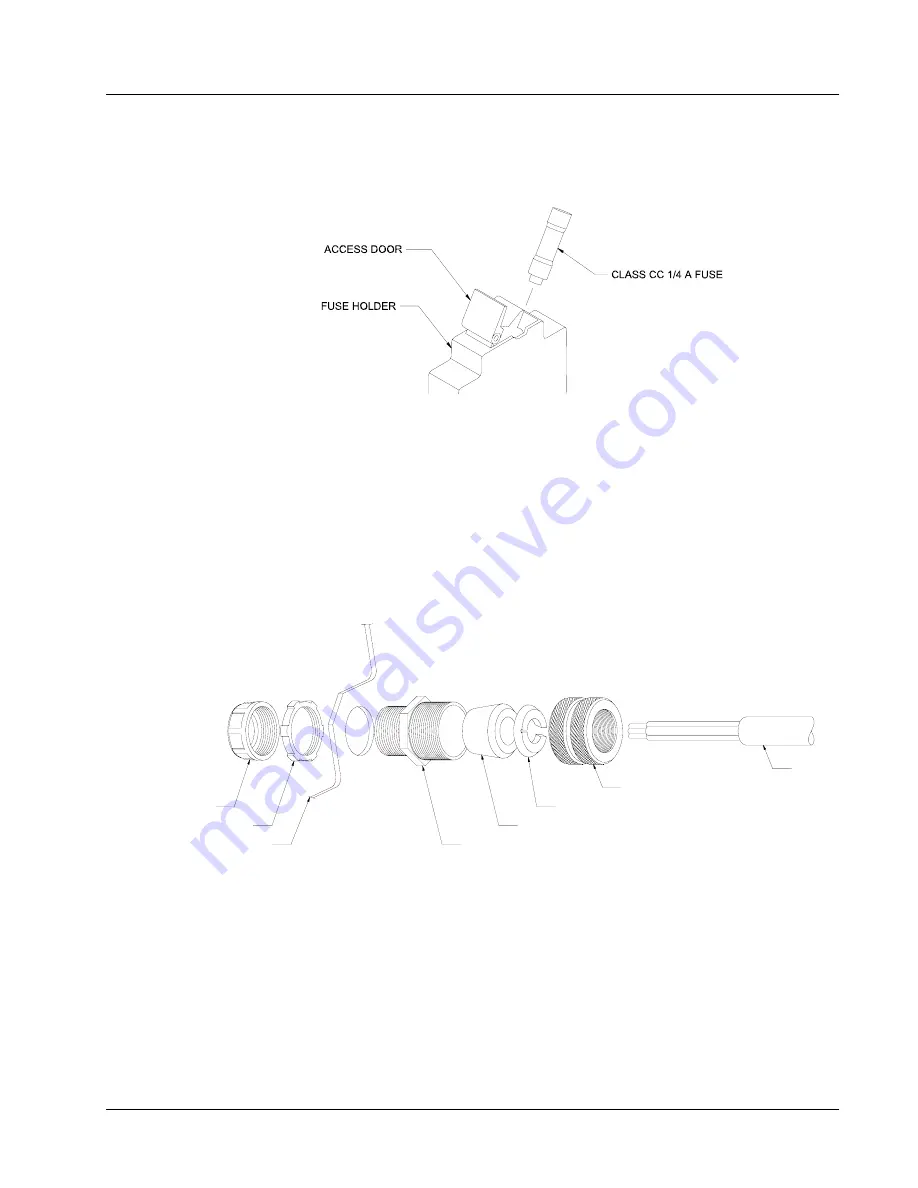
Lake Shore Model 642 Electromagnet Power Supply User’s Manual
Installation
3-5
3.3.3 Start-up
Fuses
The start-up transformer and associated circuitry are energized whenever the power is connected. To protect this
circuitry, two ¼ A, class CC fuses are provided. A fuse is accessed by pulling open the access door on the fuse holder as
shown in Figure 3-4. The fuses are inserted small-end first as shown.
Figure 3-4. Fuses
3.3.4 Cable
Entry
A 34 mm (1.3 inch) diameter hole is provided for the power cable to enter the unit. A bushing is provided which will
accommodate a 16-19 mm (0.62-0.75 in) round neoprene jacketed cable (See Chapter 6). If a different cable is used, a
strain relief of the appropriate type and size must be provided by the installing agency.
CAUTION:
Failure to install a strain-relief bushing is a hazard and could cause injury or death to operating
personnel in the event of a fault. Lake Shore reserves the right to void the warranty of any instrument not properly
installed.
A typical cable entry with bushing is shown in Figure 3-5.
BUSHING BODY
COMPRESSION GROMMET
SLIP WASHER
COMPRESSION COLLAR
CABLE
642 REAR PANEL
LOCKING RING
CONDUIT BUSHING
Figure 3-5. Typical Cable Entry with Bushing
3.3.5 Power
Input
Terminals
The Model 642 requires a 4 conductor power cord (not included). The input to the Model 642 is wired in a delta
configuration, but will operate from a delta or wye source. If operating from a wye source, the neutral line (N) is not
used. The ground (the green/yellow ground terminal) connects the instrument chassis to the electrical ground (safety
ground), and is required to prevent fault conditions which may be hazardous to operating personnel. In no case should
the safety ground line be omitted. In no case should a neutral line be used as a safety ground. If a detachable cord is used,
always plug the power cord into a properly grounded receptacle to ensure safe operation of the instrument. All wiring
must comply with the code requirements of the locality in which the instrument is installed. Figure 3-6 shows typical
input wiring. The wire ferrules shown are not required, but are recommended to prevent stray strands from shorting to
adjacent terminals.

